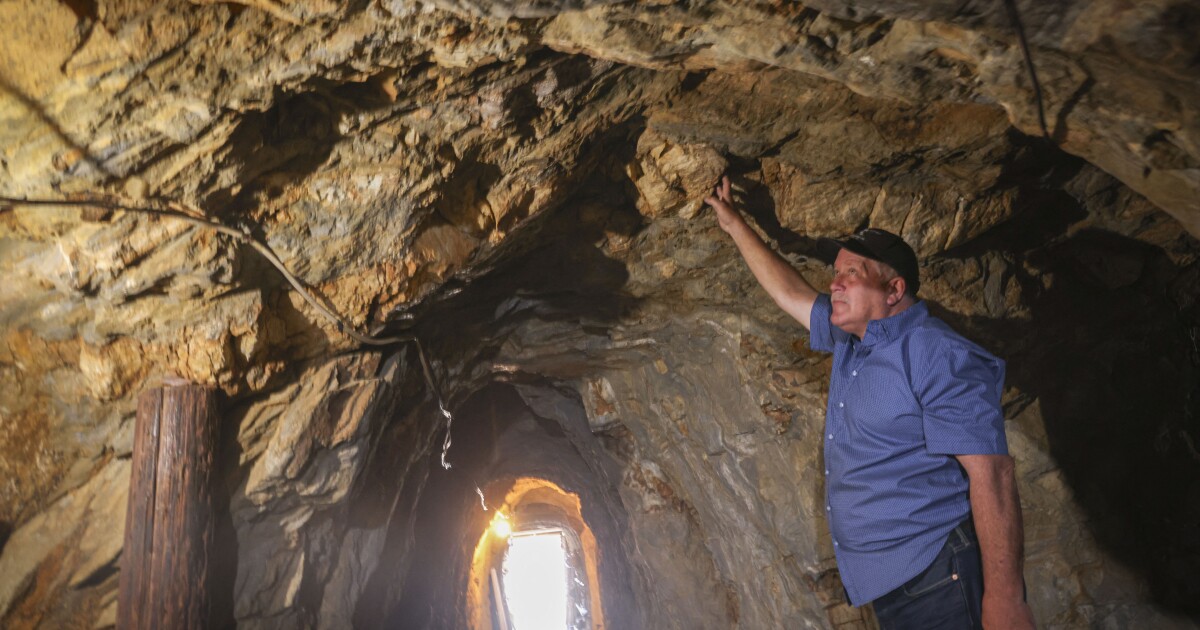If you live on the West Coast, you’ve probably heard the alert sound from ShakeAlert. This earthquake early warning system, run by the United States Geological Survey, serves over 50 million people in California, Oregon, and Washington—areas well-known for their earthquake activity.
Recently, a 5.2 magnitude quake near San Diego grabbed national attention. Thanks to ShakeAlert, many residents received warnings seconds before the quake hit. This demonstrates the system’s real impact.
Robert de Groot heads ShakeAlert. He often shares how the system works, but the real proof comes during actual earthquakes. “People can experience earthquake early warning firsthand. They start to understand what to expect,” he says.
The idea for ShakeAlert arose during the 1989 Loma Prieta earthquake. As the quake rocked Santa Cruz, responders quickly communicated with Oakland, warning them to “be ready for the shaking.” This early warning helped emergency teams respond effectively despite the devastation that occurred, which killed 40 people.
ShakeAlert was officially launched in 2019 in California, later expanding to Oregon and Washington. Each quake doesn’t trigger alerts for everyone; for the recent San Diego quake, about 7 million notifications were sent to those who needed them most.
Beyond personal alerts, ShakeAlert helps public services. It slows down trains, opens firehouse doors, and alerts schools. After a quake hits, the system gathers essential data to estimate its location and impact. This information is sent to FEMA’s Wireless Emergency Alert system to inform the public quickly.
So, how does ShakeAlert gather data so fast? It relies on a network of around 3,000 sensors spread across the West Coast. These sensors measure ground movements rapidly. De Groot explained that they aim for those with alerts to act quickly, minimizing the time they spend figuring out what the alert means.
While some people may not want to know about potential disasters, ShakeAlert prioritizes public safety. They encourage feedback to continuously improve their system.
If you’d like to contribute your thoughts, the ShakeAlert app offers a “Did You Feel It” option for users to share their experiences.
Recent surveys indicate that the awareness of earthquake preparedness strategies, such as the drop, cover, and hold on technique, is vital. Experts believe these early warnings save lives by allowing people to take safety measures quickly.
In an age where information can be overwhelming, ShakeAlert focuses on clarity. Their mission is to keep people safe, and learning from user feedback is crucial to that effort.
Source link







&w=480&resize=480,480&ssl=1)













